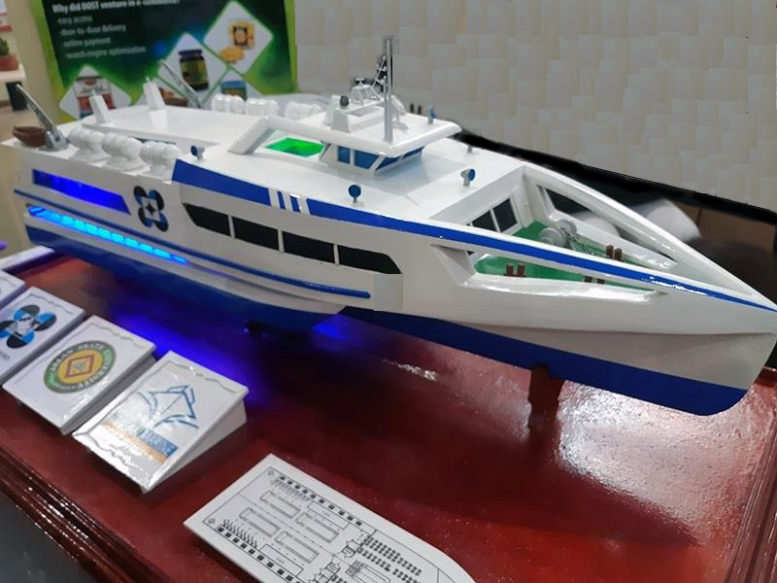Without a doubt, the Maritime Industry in the Philippines is a vibrant cornerstone to the local economy and national workforce stability. To some extent, on an international level as well.
One doesn’t have to look very far to understand how innovation with efficiency of operation and an ongoing focus to being environmentally sensitive is paramount in maintaining a balance of sustainability without undo harm to the environment.
At a recent Maritime Forum meeting, my friend and colleague, Atty. Nanding Campos, asked if I knew anything about a “Hybrid Trimaran” project underway in the Philippines. I confessed I didn’t, but would look into it. What I found was truly exciting news from New Washington, Aklan.
Engineer Jonathan Salvador owner of Metallica Shipyard in partnership with Aklan State University (ASU), Maritime Industry Authority (MARINA), DOST-Philippine Council for Industry, Energy, and Emerging Technology Research and Development (DOST-PCIEERD), and local government officials of Aklan have undertaken a project to build a “Hybrid Electric Trimaran” utilizing wave action to produce enough energy for propulsion of the vessel while at sea.
This trimaran is expected for ferry operations to transport 150 passengers plus some vehicles and cargo. For maneuverability while in port, and safety at sea, a duel system utilizing current available systems will be employed. This technology could have great benefit to commercial shipping as the average container ship burns over 100 tons of fossil fuel each year costing about 50 million dollars each. They also produce massive amounts of hydrocarbon pollution through the exhaust of both diesel fueled engines and bunker fuel steam/boiler driven propulsion systems.
While the electric wave system would not be a total replacement for current systems, any reduction is a great leap forward. Wave propulsion systems are still in the early stages of development, but there is enormous potential for them to be used as an alternative energy source for much larger ships.
In discussions with Nanding Campos, he expanded this technology to possibly include refrigerated cargo holds for support to our local commercial fishing fleet.
It would be a “mother ship” on the high seas working with the commercial fishermen.
Depending upon the implementation costs of this refrigeration support, powered by trimaran design, the Philippine Government could offer Filipinos abroad to invest, possibly through “Bond Sales” in the project, to fight for and protect our EEZ in a Filipino Global Support action.
Looking beyond – possibly offering pay for support services to those others authorized to fish in Philippine waters, could also be initiated. It appears this idea might be advantageous to explore at higher levels. This could have enormous benefit as the fishing fleet could stay at sea longer without having to make multiple port runs to offload their catch, and also with multiple vessels serving as additional set of eyes in support of the Philippine Navy and Coast Guard in patrolling Philippine waters, allowing better utilization of the resources for coastal and EEZ safety.
One of the Maritime Presentations I recently attended discussed the ongoing news revolving around what the Philippines is not doing, or can’t do. The presenter offered a different belief with a highly optimistic viewpoint. However, optimism is not enough.
In my opinion, this “Hybrid Trimaran” project showcases that forward-looking concept and can-do attitude of the Filiipino. I believe it should be supported, embraced, and expanded to help propel the Philippines to the forefront in the global maritime industry.
About the author: Timothy Muelder is a retired Facilities Manager of the U.S. Department of State.
